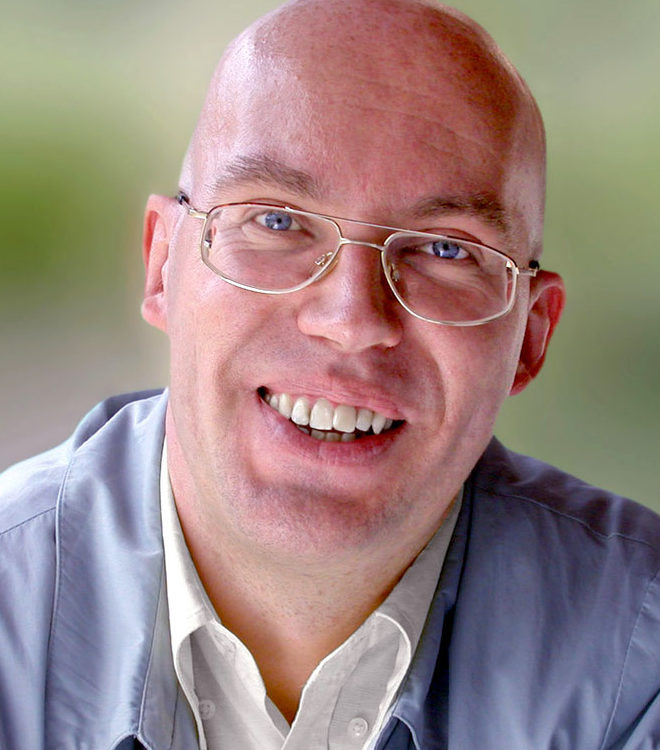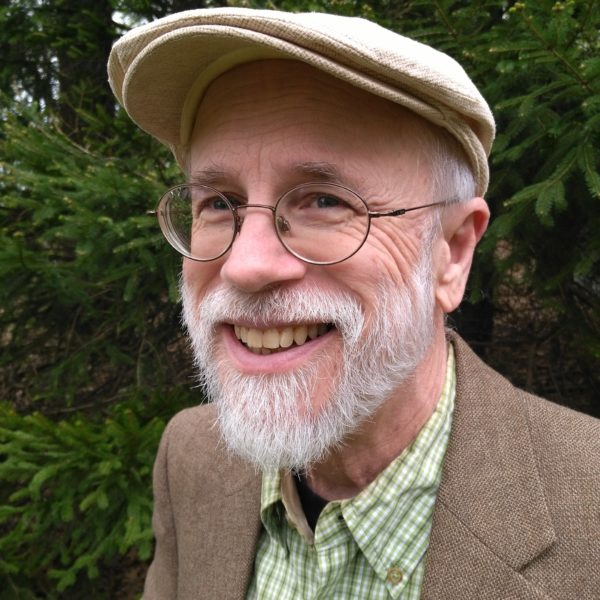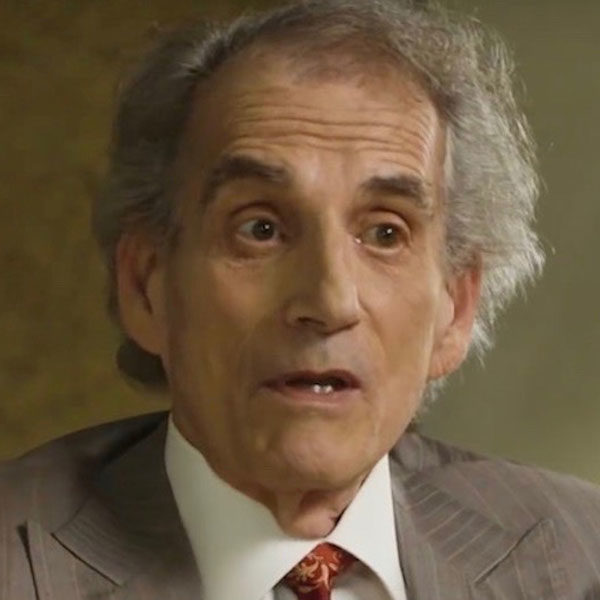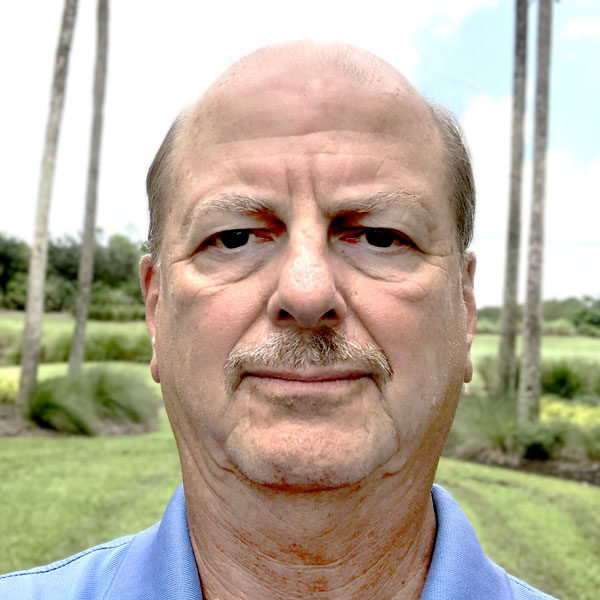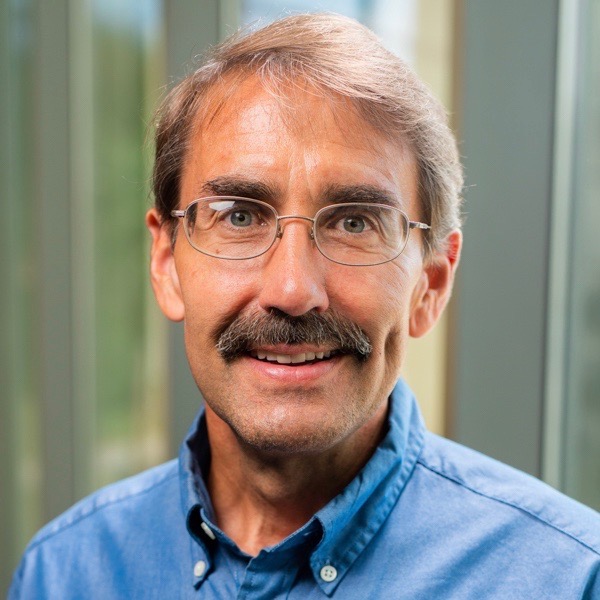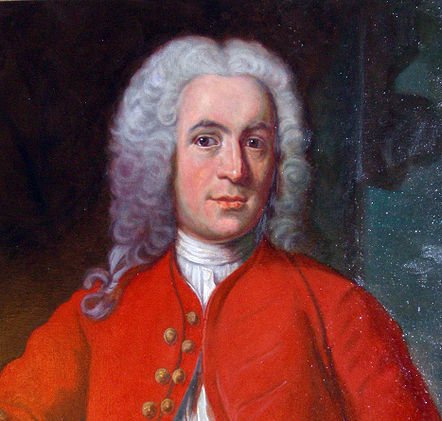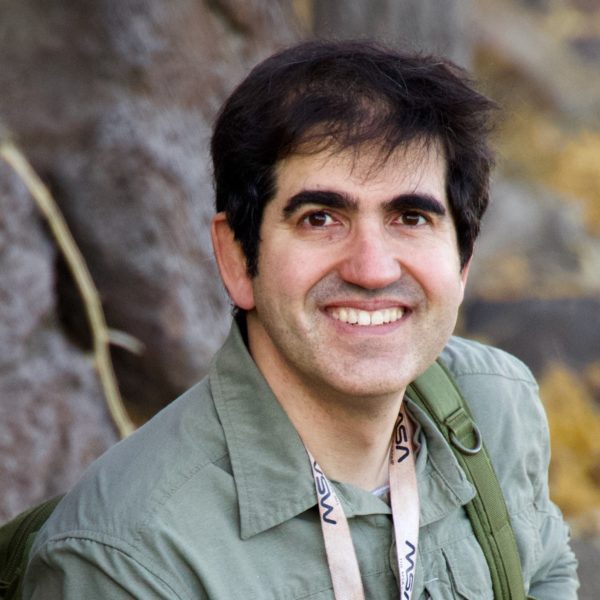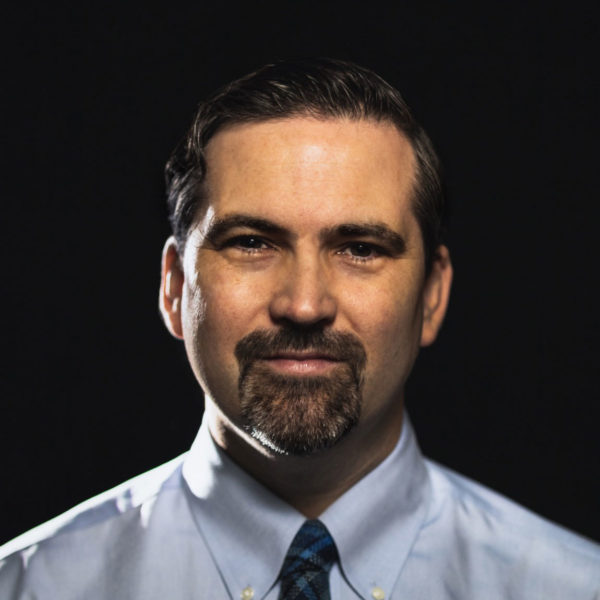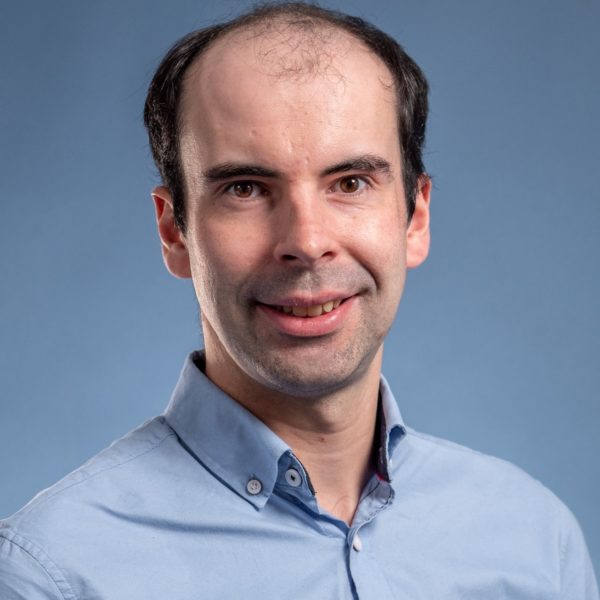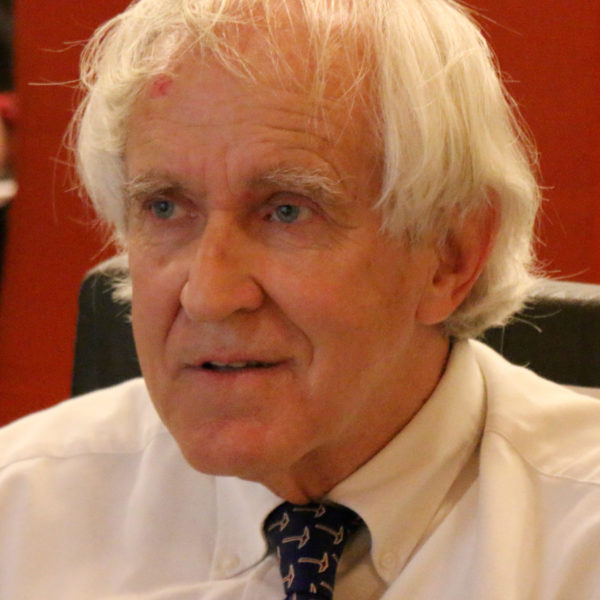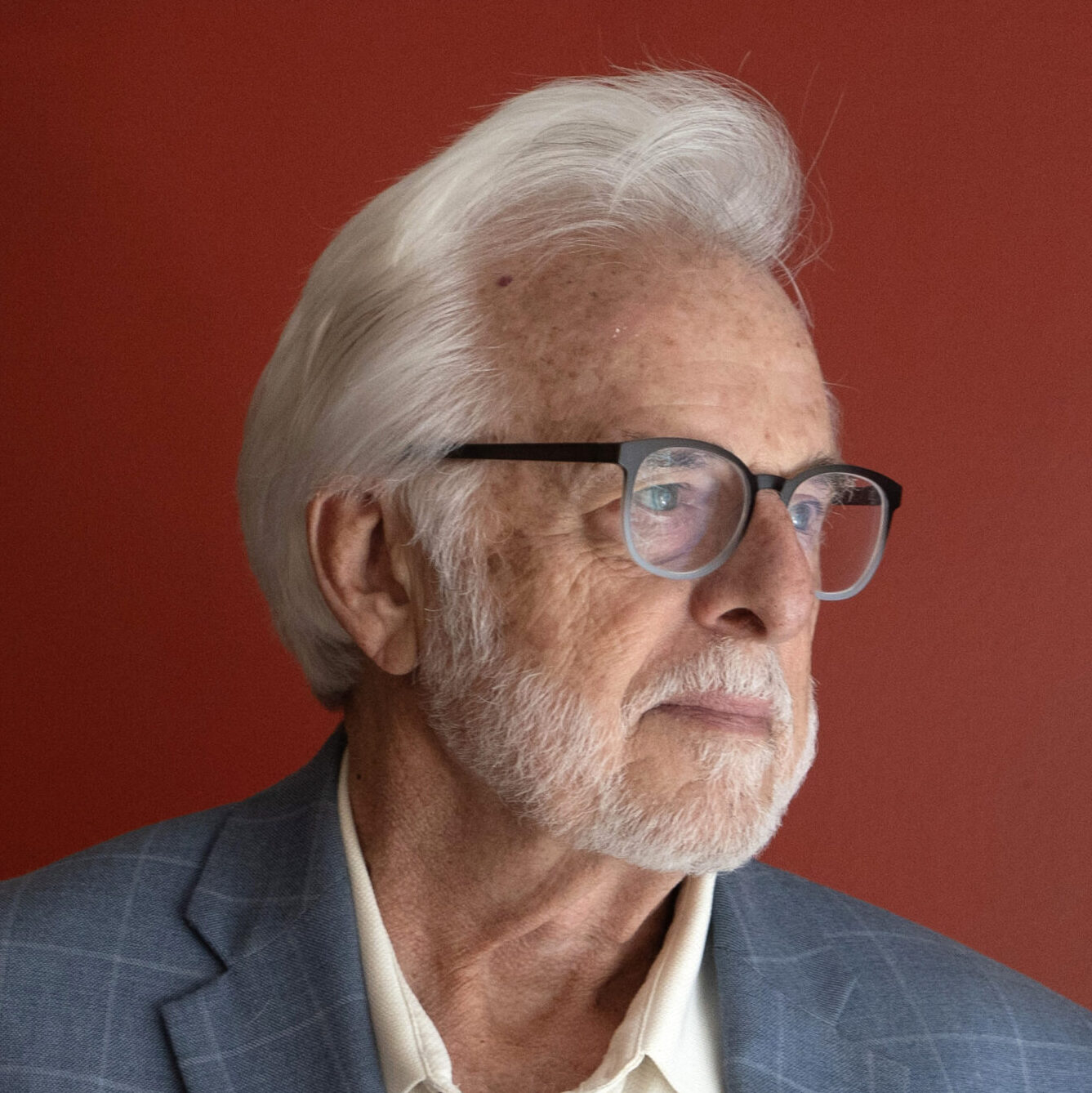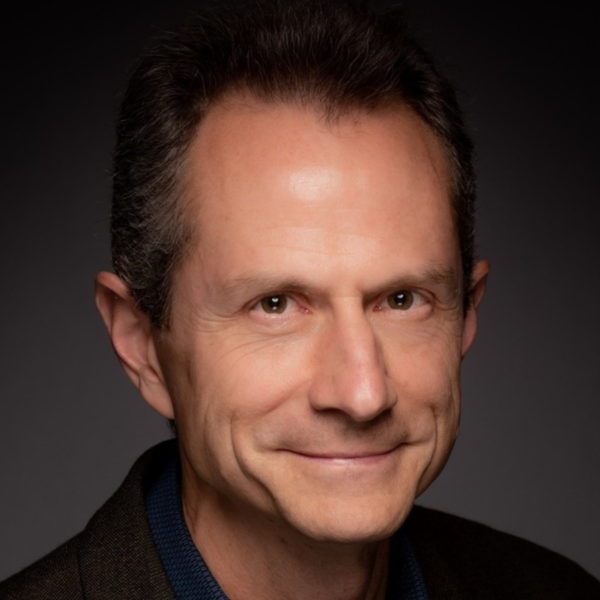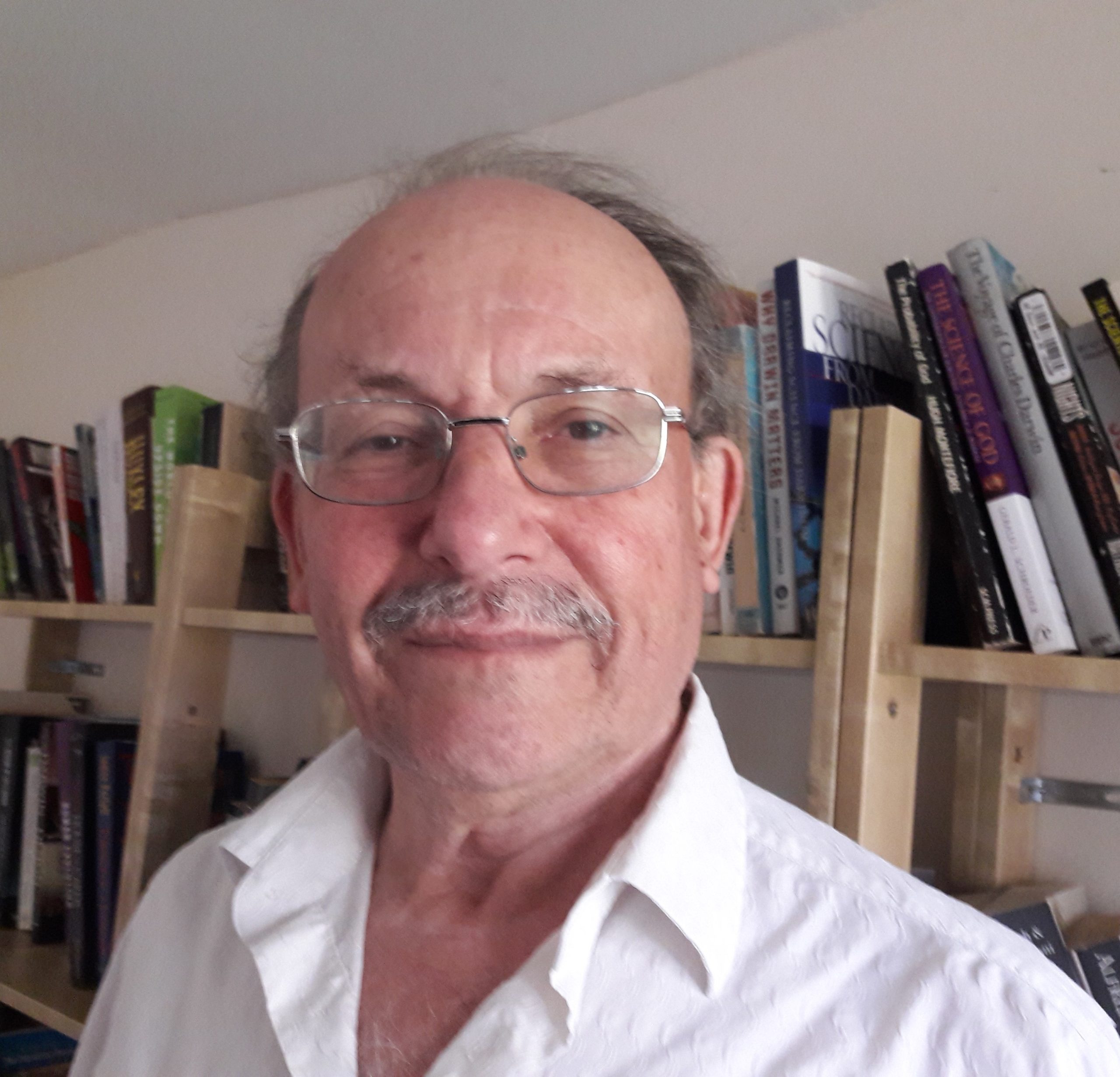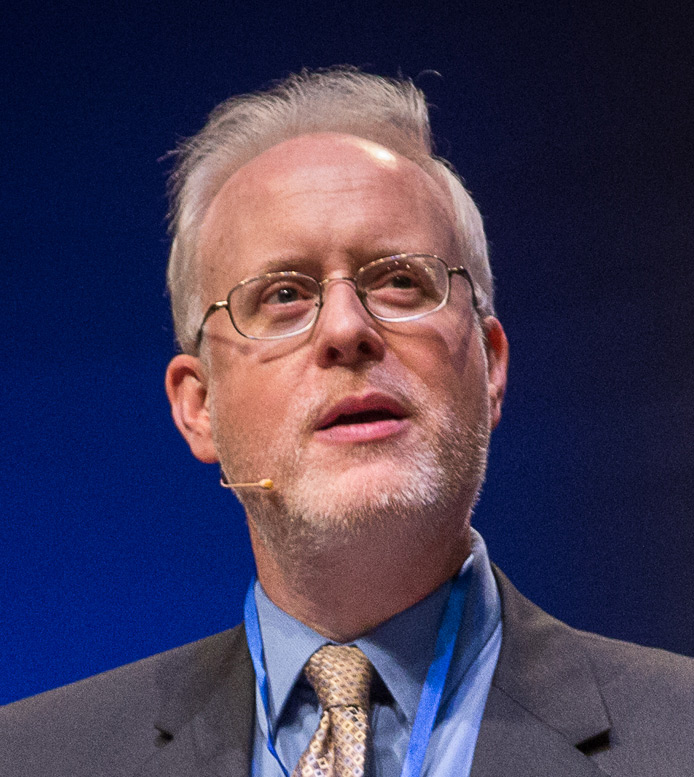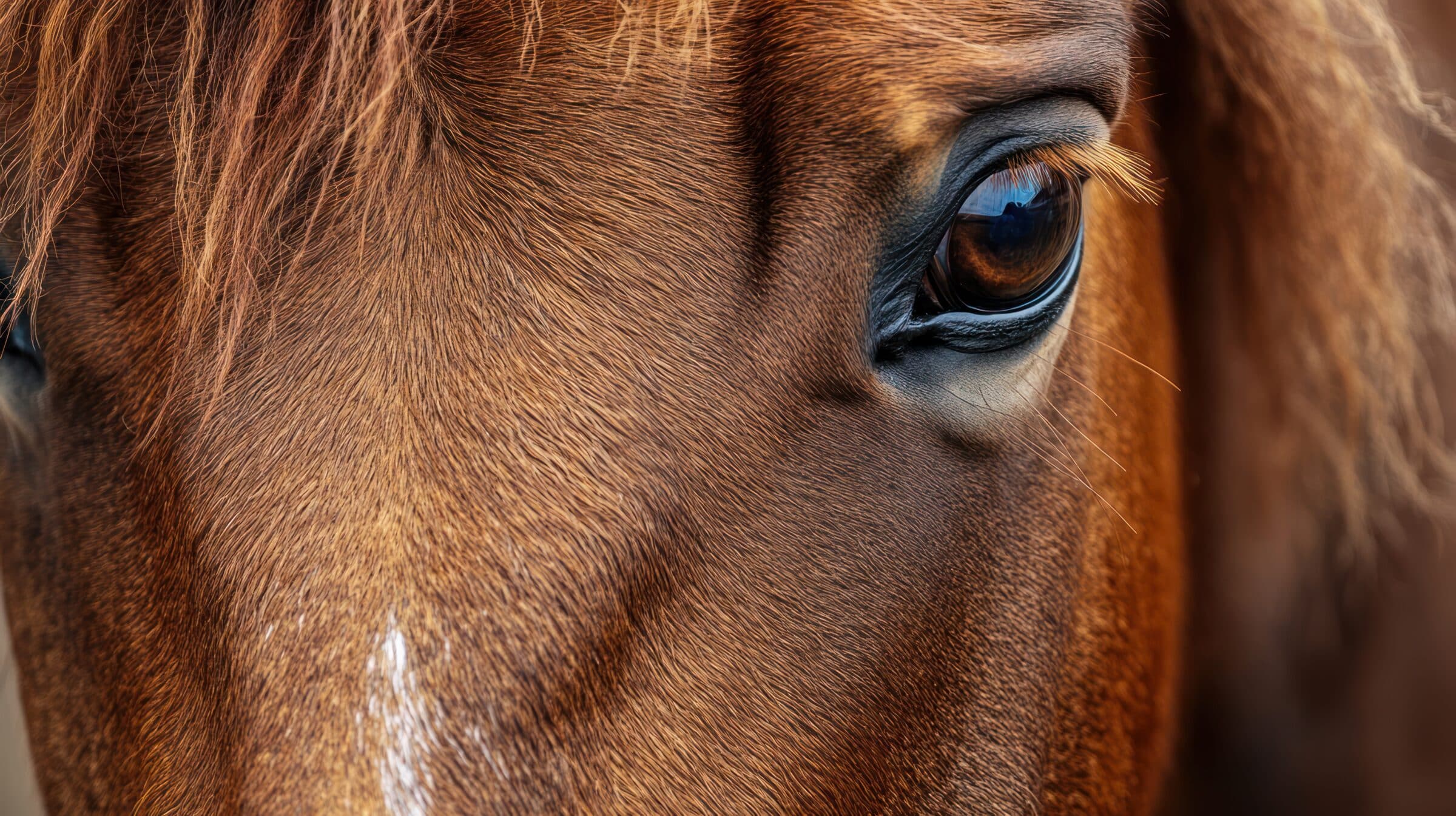Editor’s note: The late Italian geneticist Giuseppe Sermonti (1925-2018) is the author of the 2005 book Why Is a Fly Not a Horse? This year we observe the 100th anniversary of his birth. To mark the occasion, we are offering a FREE digital copy of his book if you sponsor Science and Culture Today at any level. Please do so now! The following is excerpted from his book’s Prologue, “Evolution Is Dead.”
In the spring of 1982 I was invited to the Pius IV Pavilion in the Vatican gardens for a meeting of the Pontifical Academy of Sciences. The subject was the evolution of primates. At the close of the meeting everyone felt that some conclusion should be drawn, and the South African paleontologist Phillip Tobias proposed a motion to the effect that the origin of man and the primates was covered by the theory of evolution. Jérôme Lejeune, the French cytologist, objected: “There is no theory of evolution!” No one disagreed, and the meeting concluded with a solomonic pronouncement that the evidence renders the application of the concept of divergent descent to man and other primates beyond dispute.
There never really has been a scientific “theory” of evolution. “Divergent descent” is an evasive way of stating ancient relationships among living beings, but evolution is about the ways and the mechanisms whereby species emerged and differentiated, say, from the amoeba to the elephant, from bacterium to man or, as the current fashion has it, from molecules to man. Definitions of the concept of evolution have to be looked up, even today, in dictionaries. Webster has: “A process of continuous change from a lower, simpler, or worse condition to a higher, more complex, or better state.” Other lexicographers typically speak of an unremitting process, based on diverse factors, that slowly and gradually changes living organisms from lower, rudimentary forms to increasingly complex forms.
Evolutionism is really more of a paradigm or methodology than a theory. For its present-day supporters, the important thing about evolution is that it was due to natural causes. That the process has been continuous, unremitting, and gradual, and improving organisms all the time, is of little interest to the supporters of the theory. Some even doubt whether such characteristics are real, while others consider them irrelevant.
Either Degenerative or Conservative
As a matter of fact, all the currently envisioned physical causes of evolution are either degenerative or conservative; therefore, not one of them guarantees passage from the simple to the complex, from the inferior to the better. Among them there is a vague promise of progress, but in a tautological and clumsy sense; and there is concession to gradualism, though empirical observation seems to exclude this, or at least fails to demonstrate it.
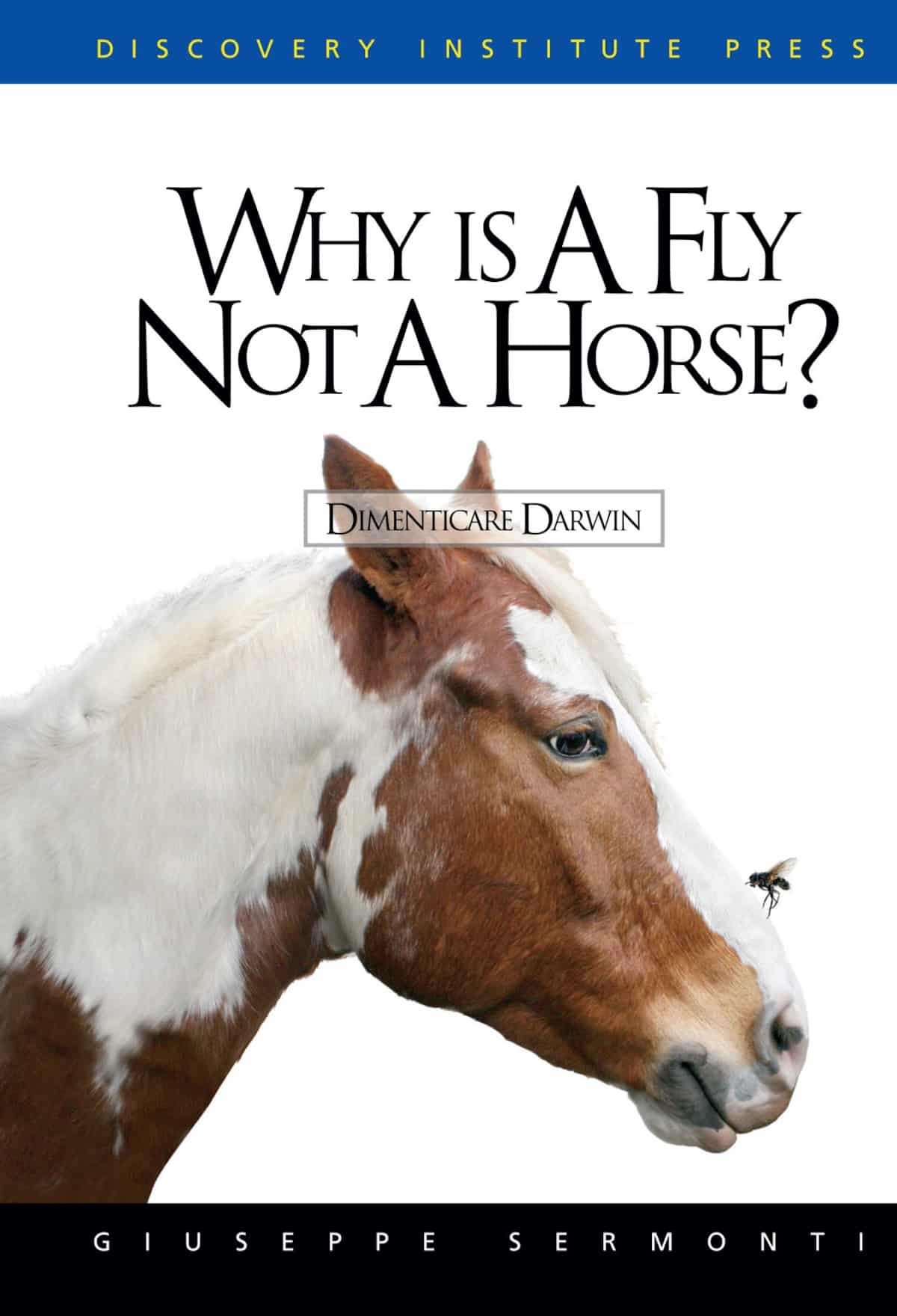
The underlying viewpoint that the adoption of materialism has imported into biology is the second law of thermodynamics, the principle of entropy. According to this law, every closed — i.e., isolated — system tends to uniformity, to a leveling, like a sandcastle that time wears down and no future can ever build up again. Another way of stating the second law is this: A system in isolation does not pass twice through the same state. In fact, the term “entropy” means, precisely, “evolution.” It affirms that the physical world tends to disorder — exactly the opposite of the way biologists try to use “evolution.”
Monod’s Sophisim
Jacques Monod (1969) believed that entropy enters into biological evolution in the form of irreversibility: Evolution does not retrace its own steps. Although entropy precludes complexity and disintegrates sandcastles, Monod evades the problem with a sophism. The principle of entropy, he argues, is a statistical law, so it does not necessarily preclude the possibility that a macroscopic system, for the briefest of periods and for a moment of negligible duration, might climb a tiny bit back up the slope of entropy. If nature had at its disposal some mechanism that could capture and immobilize these rare, elusive, upward movements, it might be able to construct the complex from the simple, order from disorder, the sandcastles from the windswept level beach.
For Monod, there is such a mechanism: cumulative natural selection. But if we are to build a sandcastle (and a bacterium is vastly more complex than a sandcastle) by capturing grains of sand tossed hither and thither by a storm, we would need to have the plan of the castle beforehand. Only then could we discern which rare and fortunate movements of the sand were correct. We would also need some system to protect the emerging edifice from its tendency to fall apart.
Life’s Upward Climb
Other authorities have defended the plausibility of life’s upward climb by maintaining that the living thing is not system in isolation, and that drawing energy from its environment enables it to defy the principle of entropy. This could have been argued by Darwin, but it cannot be consistently maintained by latter-day neo-Darwinists who affirm the so-called Central Dogma of molecular biology. According to that principle, the depository of heredity, DNA, remains in absolute isolation. DNA goes on its way indifferent to the pressures of the environment or the blandishments of the organism.
Natural selection could perhaps be invoked as a mechanism accounting for the survival of species. But the claim that natural selection is creative of life, of life’s essence and types and orders, can only leave us dumbstruck. Natural selection only eliminates, and its adoption as a mechanism of origin is like explaining “appearance” by “disappearance.” Many times a year a language dies; does this explain the origin of languages? It is to be hoped that the third millennium will look back on the 20th century’s wild guesses about evolution as a Big Joke in which the illustrious founders of molecular biology were able to indulge. The neo-Darwinian theory embraced by the founders of molecular biology is rather like saying that the text of The Iliadcame into being by mere chance, one step at time, letter by letter, emerging out of some lower “organism” a few verses long.
The Abnormal, the Marginal, the Out-Of-Bounds
Natural selection (which should be more accurately termed “differential survival”) is not in doubt. No one has ever denied it. Without going into the subject at length, I will say that it chiefly eliminates the abnormal, the marginal, the out-of-bounds, and keeps natural populations within the norm. But this is clearly a conservative, policing role. There has been authoritative talk of Stabilizing Selection, as being a process for protecting a species from deviations: Might it be that, when environmental conditions change, selection can privilege those best adapted to the new situation? For a species to set aside its own founding values only produces suffering; and no one has yet shown that institutionalized suffering is the way to innovate life. Nowadays there is widespread enthusiasm for the idea that the principal mechanism in the origin of species is isolation, whether geographic, ecological, or reproductive; but here selection has a modest role, if it has any role at all.
In this context, the scrambling of traits made possible by sexuality is the conservative process par excellence. It is the antithesis of isolation, and promotes continual mixing of the genetic endowments of the offspring of a population. It ferrets out every marginal deviation and mixes it again within the norm, or else rejects it.
Genes and Characters
And yet, for some time sexuality was seen as the elixir of variation by reason of its combining abilities, which — so it was thought —- would allow a limited number of variations to associate and form the maximum number of innovations and produce even Olympic champions. This way of seeing things was bound up with the idea that every gene corresponded to a character, and combining genes would have the effect of matching up characters. But the relationship between genes and characters has proved to be ever more complex and obscure; and mutations are not boutonnieres. The age-old precept retains its validity, therefore: If you want to isolate things it is better not to mix them together.
Mutations seemed so certainly the primary source of evolution that life was defined as Reproduction with Mutation. Actually, in the wild, morphological mutation is the absolute rarity; and when academic textbooks come to the chapter on mutations they give as illustrations the usual short-legged Ancon sheep, the albino baby, the stunted plant. But these, you may be sure, are assisted mutations, because nature would never have tolerated them. From the molecular standpoint, i.e., variations in the DNA text, mutation is a degenerative phenomenon, a copying error, a product of entropy in the genetic endowment. Redundancies within the genetic code and the interchangability of many amino acids render many mutations “neutral” vis-à-vis the phenotype.
The cell possesses defense mechanisms (such as repair enzymes and “chaperones”) to protect it from mutation, and populations of organisms can call on processes (such as selection and sexuality) that eliminate mutants. Were it not for these defenses, mutations would in no time destroy all genetic texts. Their effect in all instances is to demolish. To say that blind mutations are the driving principle of the world, and to rely on the rare fortunate mistake, is a poor resource, quite apart from the fact that transgressions of the kind needed by Darwinian evolution have never been documented.

